How Virtual Tours Are Changing the Hotel Industry
There was once a time where the combination of virtual tours and the hotel industry seemed like a distant thought. Why would a hotel consider a...
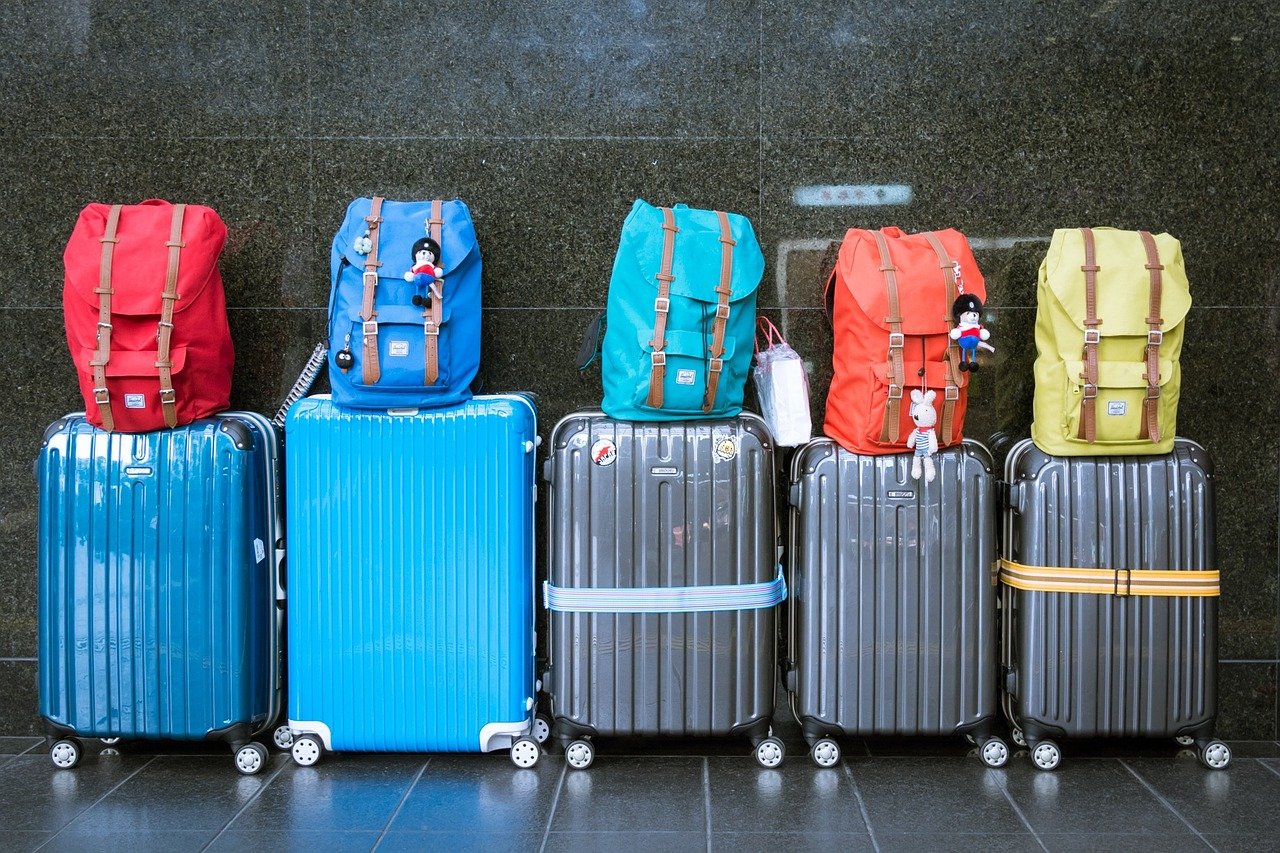
Brochures and travel booklets once dominated the travel industry, but today, 75% of people research their destination online before booking.
To put it simply, this digitally-charged world has changed the way the tourism industry markets to travelers.
More than ever, people are traveling to new destinations for new experiences. Last minute bookings are more common on mobile, virtual reality tourism is helping more people explore the world, and big data now helps agencies personalize travel.
But one of the biggest trends disrupting the travel industry today is the use of 360 virtual tours.
Virtual tour statistics tell us that 67% of people want more virtual tours and people ages 18-34 are 130% more likely to book with a business or hotel that has a virtual tour.
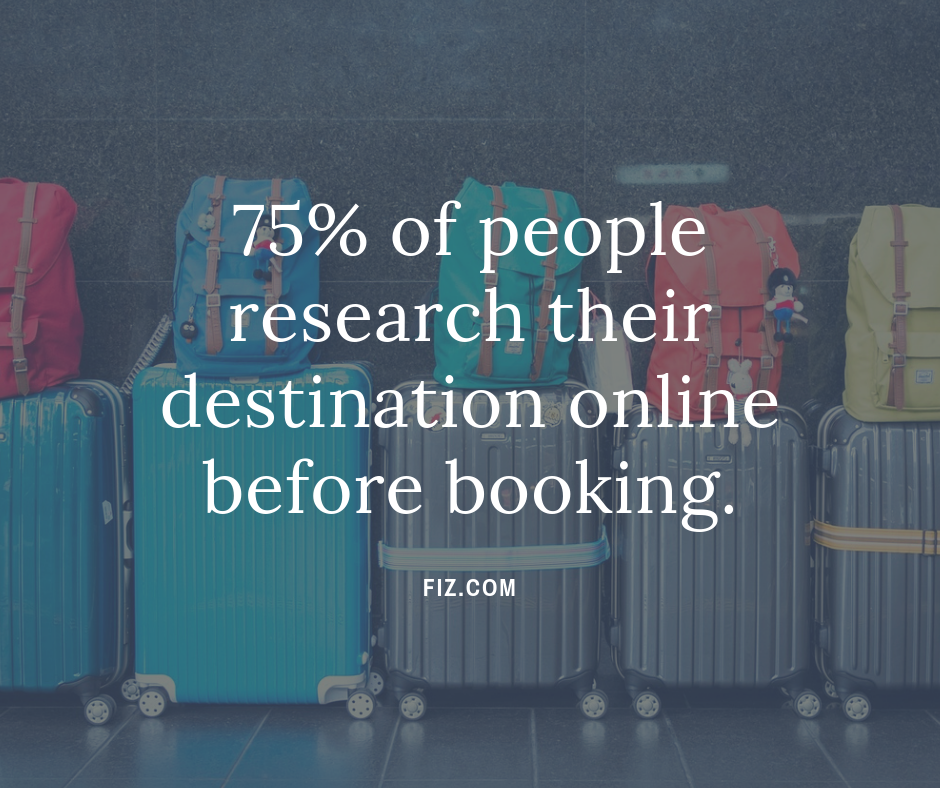
In this blog, we'll cover:
So strap in -- what follows is a deep dive into how virtual tours are truly changing the way hotels, attractions and entertainment venues are marketing to tourists, and how virtual tours are reshaping the traveler’s research experience.
According to Expedia Media Solutions, millennials make up most of today’s travelers (traveling 35 days out of the year), closely followed by Generation Z (traveling 29 days out of the year). So it’s no surprise that travel vlogs, video content and user-generated content are major pieces of a traveler’s research today - and virtual tours falls into this visual bucket, offering a unique and memorable experience during the research phase.
So what can virtual tours do that photography can't? Without interactive, visual content for travelers, there’s a major disconnect. Standard photography can become out-of-date and doesn’t always paint a clear picture of a business or attraction.
As it pertains to travel bookings, 39% of booking drop-out is caused by the need to do more research.
For the modern traveler, a virtual tour can address multiple needs:
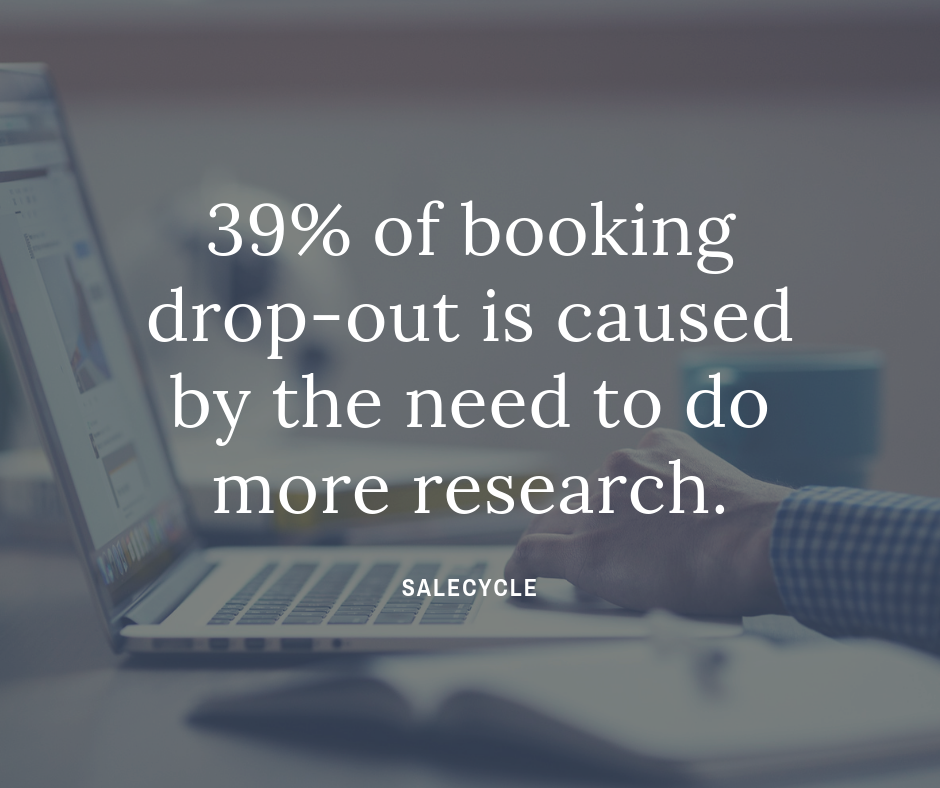
Similar to photos, virtual tours give the prospect a preview into the destination or attraction. Of course, virtual tours have an added bonus of interactivity that puts control and navigation in the prospect's hands.
Take Topgolf for instance - it's an event venue and attraction that many of out-of-towners visit. Their virtual tours of each location provide users with an in-depth experience that helps them understand if it's something they'd like to visit in person.
Whether it’s a hotel, restaurant, a downtown shopping center or even a hiking trail, a virtual tour is a decision-making tool. The common traveler can get a taste of what they’ll experience before they arrive and make a decision if it that experience is a good fit.
For the solo traveler, virtual tours can be an incredibly useful tool. Given that solo travelers are doing thorough research for experiences and safety, they want to know exactly what they’re investing in. According to the Adventure Travel Trade Association 2018 trends, they report 80% of their millennial travelers are going solo.
And if there’s one thing we know about millennials, they’re hyper-engaged and tech-focused individuals who crave information at their fingertips.
And that’s exactly what a virtual tour provides.
Virtual tours for the solo traveler provide:
Whether they’re looking for a unique restaurant or hotel, a solo traveler can browse a Google virtual tour directly on a business listing to see if it’s the kind of atmosphere or experience they’re seeking.
Hotels are a key part of the tourism industry.
But how many times have you booked a hotel and entered your room to find that it was nothing like the picture? Or what about that time you were wondering what the hotel spa looked like or the pool?
Traveling to a new location or booking a hotel room requires research, and one would hope from all that research, a traveler would receive exactly what they paid for.
Unfortunately, that’s not always the case.
But with hotel virtual tours, hoteliers are able to address transparency challenges and be completely open with their guests. They’re likely to have happier guests which increases more positive reviews and return bookings.
Transparency is equal to high standards and good ethics. Offering a 360 walk through of some guest rooms, the lobby and common areas not only increases bookings but keeps future guests happy and comfortable knowing exactly where they will be staying.
Hotel virtual tours add just a bit more comfort to the booking decision, and that should ultimately be the goal of any hotelier during anyone’s travels.
Related: Hotel Marketing: Can a Virtual Tour Increase Direct Bookings?
The tourism industry has gradually shifted to more mobile solutions and more ways to connect over the last ten years, but it’s time that those in the industry pay attention to how traveler’s conduct their research.
Ultimately, the experience begins with that first Google search and it’s up to attractions, venues, restaurants and hotels to stand out by providing truly unique experiences to their audience.
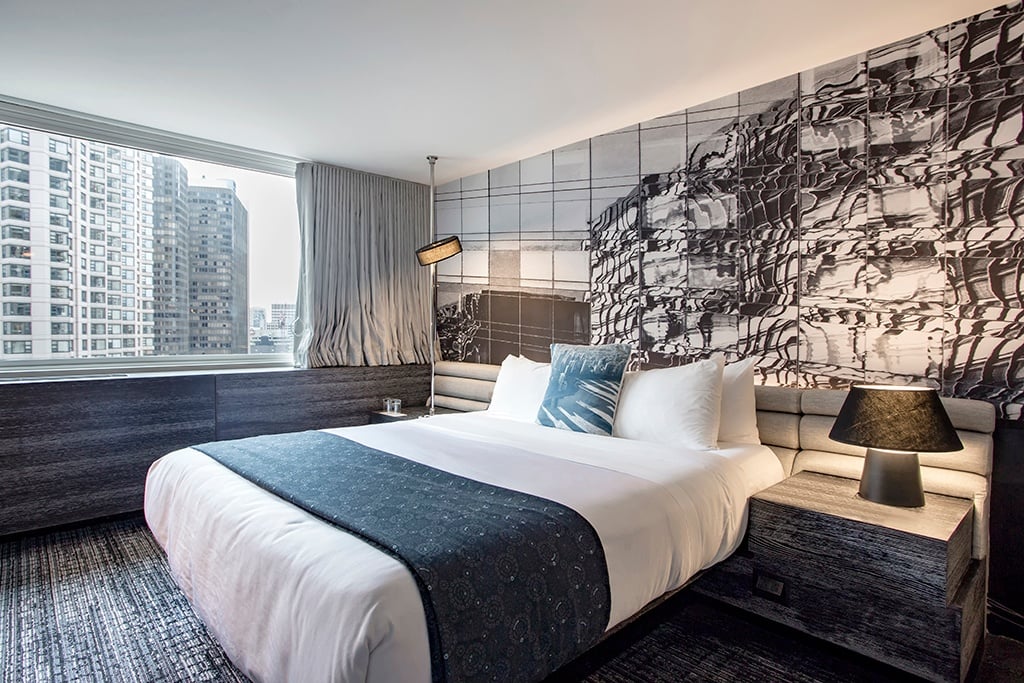
There was once a time where the combination of virtual tours and the hotel industry seemed like a distant thought. Why would a hotel consider a...

In the era of digital marketing, hotels and online travel agencies have been in tight competition. For instance, last year direct bookings account...
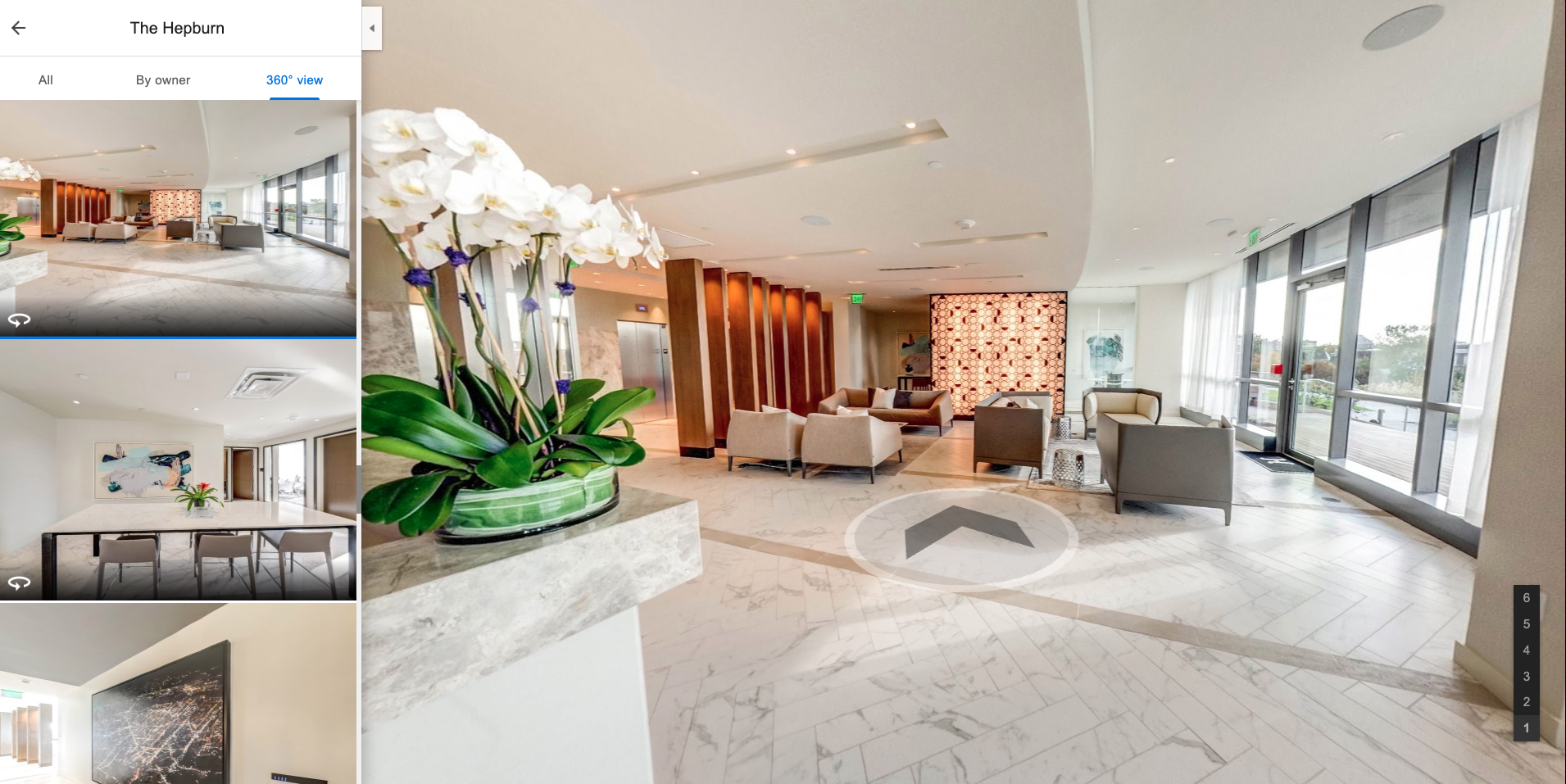
The world is now more connected than ever. Convenience is right at our fingertips. How people discover the world through their phones or laptops is...